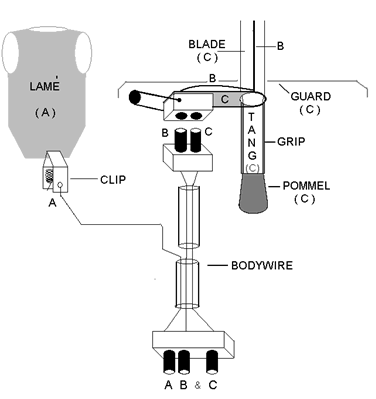

Google has not performed a legal analysis and makes no representation or warranty as to the accuracy of the list.) ( en Inventor Shin c/o Komori Corporation Ohsawa Current Assignee (The listed assignees may be inaccurate. Google has not performed a legal analysis and makes no representation as to the accuracy of the status listed.) Withdrawn Application number EP08009740A Other languages German ( de)
#Foil placement diagrams pdf#
This corresponds to about half the wire tolerance according to the specification of the German standard DIN46435.- Google Patents EP1997630A2 - Foil transfer apparatusĭownload PDF Info Publication number EP1997630A2 EP1997630A2 EP08009740A EP08009740A EP1997630A2 EP 1997630 A2 EP1997630 A2 EP 1997630A2 EP 08009740 A EP08009740 A EP 08009740A EP 08009740 A EP08009740 A EP 08009740A EP 1997630 A2 EP1997630 A2 EP 1997630A2 Authority EP European Patent Office Prior art keywords foil transfer guide transfer foil sheet Prior art date Legal status (The legal status is an assumption and is not a legal conclusion. H = d 2 ⋅ n b - nominal wire gauge including the varnish coat (CuL) The winding height can be estimated using the formula: Achieved fill factors with the use of round wires are about 73% to 80% and are lower compared to orthocyclic windings with 90%. Wild windings are mostly applied in contactor- and relay coils, small transformers, Ignition coils, small electrical motors, and generally devices with relatively small wire gauges up to 0.05 mm. It is characterized by low demands for machinery and operator and can be wound with very high speeds. Despite its disadvantages, it is common in mass production. The random wire placement leads to a wider distribution of resulting wire length on the coil body and consequently a wider range of electric coil resistances. The opposite of this would be a random wire structure within the winding space, which is called “wild winding.”Īlso known as jumble winding, with this type of winding structure only poor fill factors can be achieved. The wires occupy a dense package which is called “orthocyclic winding”. For best packing of round wires on a multi-layer winding, the wires in the upper layer are in the grooves of the lower layer for at least 300 degrees of the coil circumference. This increases the efficiency of the electrical device and an improved heat conductivity of the winding. To achieve higher fill factors, rectangular or flat wire can be used.ĭense packing of wires reduces air space, and is said to have a high fill factor. Since round wires will always have some gap, and wires also have some space required for insulation between turns and between layers, the fill factor is always smaller than one. The ratio of the area of electrical conductors, to the provided winding space is called "fill factor".



 0 kommentar(er)
0 kommentar(er)
